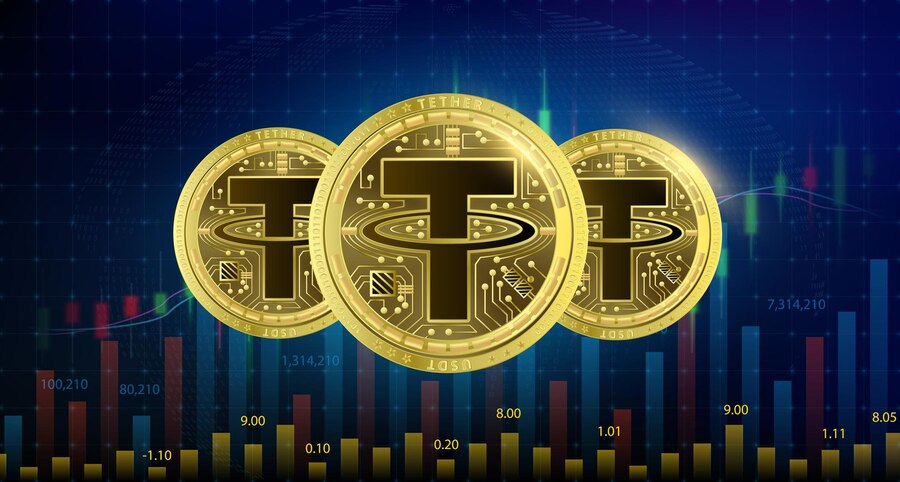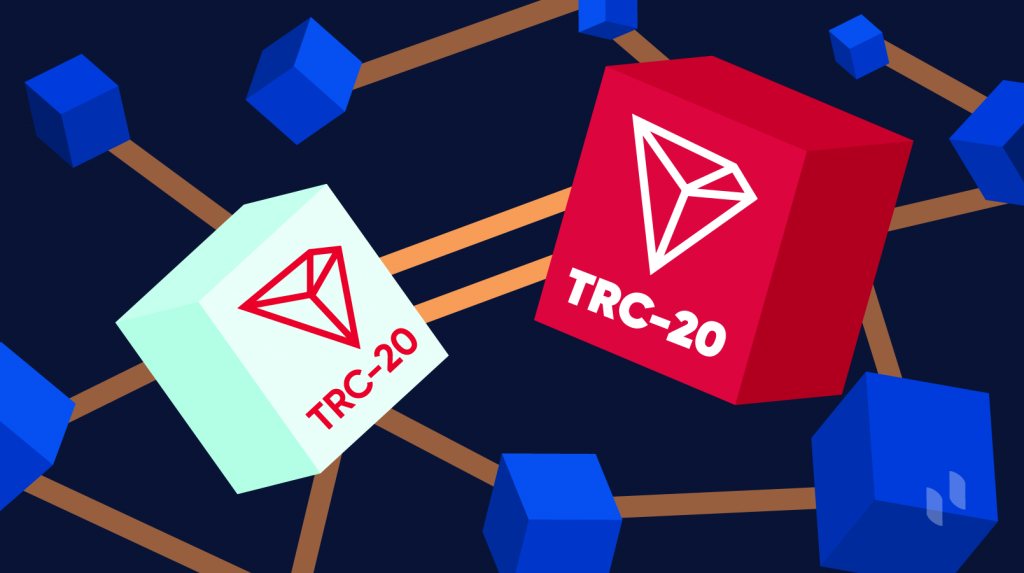Are you looking to invest in USDT but unsure of what network you should choose? Relax, i’ve got you.
Tether (USDT) is one of the most popular stablecoins by market cap and trading volume globally, yet not many people know the difference between Tether TRC-20 and Tether ERC-20.
So, if you’re interested in learning more about Tether and which network is best for your investment needs, stick around and read on.
What is Tether (USDT)?

What is Tether (USDT)?
Tether is a stablecoin cryptocurrency hosted on Bitcoin and Ethereum blockchains. The cool thing about stablecoins is that they’re designed to always be worth $1.00, which means that they maintain $1.00 in reserves for each Tether issued. Pretty cool, right?
The stablecoin was founded in July 2014 by Craig Sellars, Brock Pierce, and Reeve Collins, and you might not know this, but it was initially known as “Realcoin”.
A lot of crypto investors use Tether because it helps them avoid the crazy volatility of other cryptocurrencies while still keeping their value in the crypto market. It’s like having the best of both worlds.
One of the reasons Tether was created was to solve two major issues with existing crypto coins: high volatility and convertibility between fiat and cryptocurrencies. So, if you’re looking for a more stable investment option within the crypto world, Tether might be worth considering!
What is Tether ERC-20?
Tether ERC-20 is a type of Tether (USDT) created on the Ethereum platform using the ERC-20 standard. Basically, a stablecoin is designed to always be worth $1.00, but the Tether ERC-20 is issued on the Ethereum platform instead of Bitcoin or other blockchains.
This basically means that Tether ERC-20 is compatible with other tokens created on Ethereum, and this makes it a popular choice for crypto investors who want to keep their value within the Ethereum ecosystem.
What is Tether TRC-20?
TRC-20 is Tether’s USDT issued on the TRON network. It is a technical standard token that works based on TRON’s network or blockchain, using TRON’s address, which means that all transactions made with the TRC-20 happen on the TRON network.
What Is The Difference Between The Tether Networks: TRC-20 vs ERC-20

What Is The Difference Between The Tether Networks: TRC-20 vs ERC-20
Now that you know what ERC-20 and TRC-20 are, let’s take a look at the differences between them based on some key factors.
1. Address Style:
One of the main differences between ERC20 and TRC20 is the address style. ERC20 tokens are identified by their Ethereum address, which starts with “0x”, e.g. 0xbd7e…
On the other hand, TRC20 tokens use Tron addresses, which usually start with “T”, e.g. T9zP14…
2. Network:
ERC-20 tokens are built on the Ethereum (ETH) network; meanwhile, TRC-20 tokens are built on the Tron network.
3. Transfer Speed:
Regarding transfer speed, TRC20 tokens are generally faster than ERC20 tokens. That’s because the Tron network has a higher transaction per second (TPS) rate than Ethereum.
ERC-20 transactions take quite a few minutes, but the TRC-20 is faster and ranges from just a few seconds to a few minutes.
5. Fees:
When it comes to fees, TRC-20 tokens generally have lower transaction fees than ERC-20 tokens. That’s because Tron’s blockchain uses a different consensus mechanism than Ethereum, which can make transactions cheaper.
ERC-20 cost 30 USDT while TRC-20 cost 2 USDT
Closing Statement
And there you have it; the key differences between Tether TRC-20 and Tether ERC-20.
Tether’s total supply is split between different blockchains; two of the most significant are Tron and Ethereum, through the TRC-20 standard, and ERC-20 standard, respectively. Both have their pros and cons.
While both Tether ERC-20 and TRC-20 are stablecoins designed to maintain a value of $1.00, they operate on different blockchains with different address styles, transfer speeds, and fees.
You should know the differences between these two Tether types, whether you’d prefer to invest in Ethereum or Tron or if you’re just looking for the right stablecoin for your needs.
